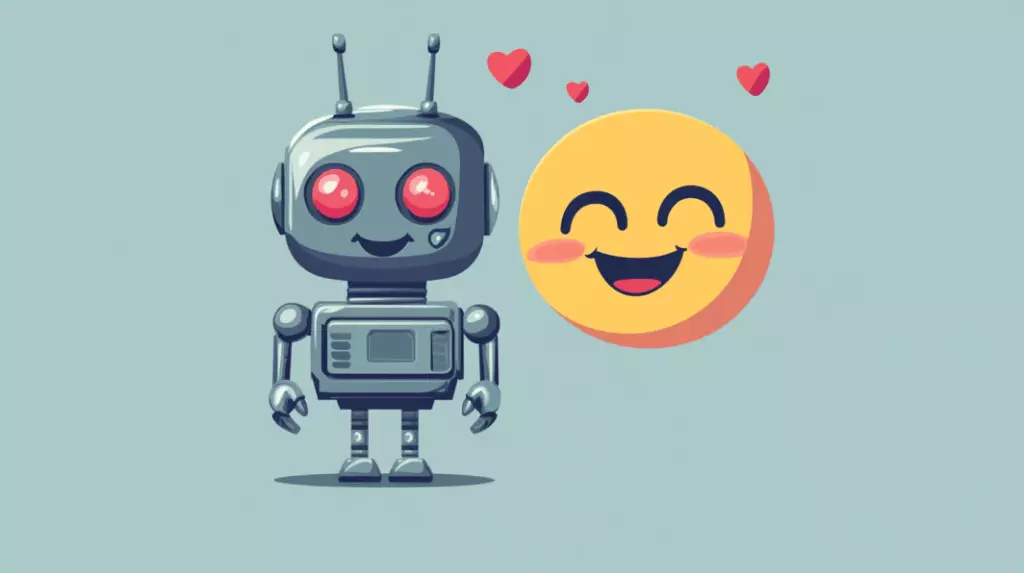Hugging Face, known for its open-source AI innovations, has recently made a groundbreaking move towards democratizing low-cost robotics with the launch of a detailed tutorial. This tutorial serves as a comprehensive guide to help developers in building and training their own AI-powered robots. By empowering developers of all skill levels, Hugging Face is bringing artificial intelligence into the physical world in a way that was previously dominated by large corporations and research institutions with substantial resources.
Remi Cadene, a principal research scientist at Hugging Face, describes the tutorial as a way to unlock the power of end-to-end learning, similar to large language models for text but designed specifically for robotics. Through a series of tweets, Cadene emphasized the potential for developers to train neural networks to predict motor movements directly from camera images. This focus on practical, real-world applications of AI in robotics sets this tutorial apart from traditional approaches.
Central to the tutorial is the Koch v1.1, an affordable robotic arm designed by Jess Moss. This version improves upon its predecessor with a simplified assembly process and enhanced capabilities. The tutorial provides detailed videos for each step of the assembly process, making it accessible even for those new to robotics. By lowering the barrier to entry for robotics development, this initiative opens up opportunities for a wider audience to explore cutting-edge technology.
One of the most innovative aspects of the tutorial is its emphasis on data sharing and community collaboration. Hugging Face encourages users to visualize and share datasets, contributing to a growing repository of robotic movement data. This collaborative approach has the potential to accelerate advancements in AI-driven robotics by enabling users to train AI models with unprecedented abilities to perceive and act on the world around them.
The release of this tutorial comes at a critical time for AI and robotics as industries increasingly turn to automation to solve complex problems. The integration of AI with physical systems represents the next frontier of technological innovation, with the potential to reshape industries and create new opportunities. However, this democratization of robotics technology also raises important questions about the future of work, privacy, and ethical considerations surrounding automation.
Hugging Face’s open-source approach ensures that AI-driven robotics technology is not limited to large corporations but is instead accessible to a diverse audience. By lowering the barriers to entry and fostering a collaborative community, Hugging Face is paving the way for the future of AI and robotics. This tutorial represents more than just a technical guide—it’s a roadmap towards a future where AI-driven robotics are more accessible and innovative than ever before.
Hugging Face’s tutorial marks a significant step towards democratizing the future of robotics and AI. As developers, entrepreneurs, and technical decision-makers embrace this technology, the potential for reshaping industries and daily interactions with machines is vast. The true impact of this initiative will unfold in the coming months and years, but one thing is clear: the future of robotics is within reach, and the time to start building is now.


Leave a Reply